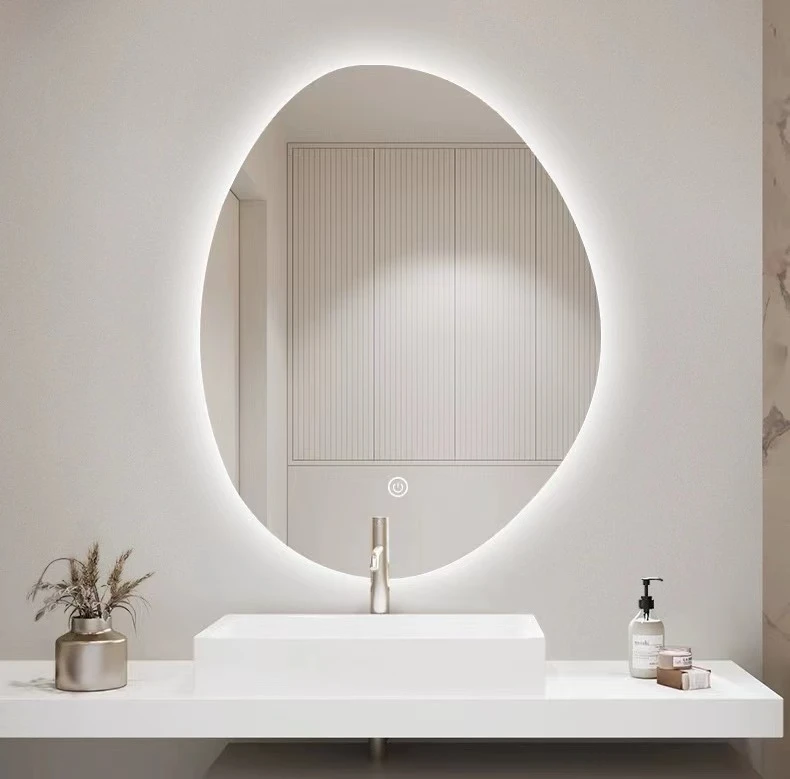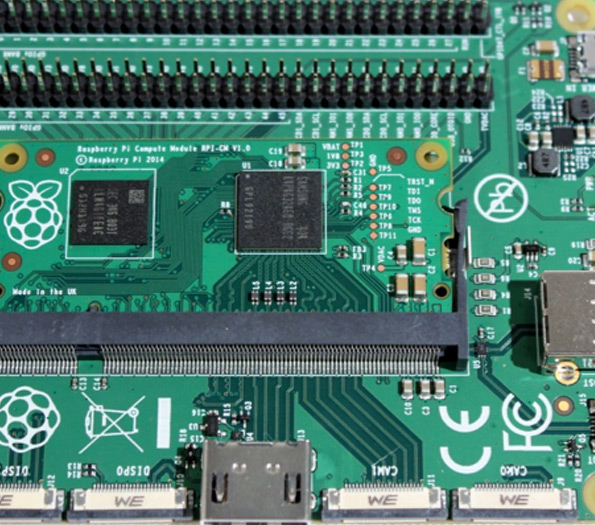Tempered glass has emerged as a favored material in various industries due to its robustness and safety features. This type of glass undergoes a specialized heat treatment process that not only enhances its strength but also makes it safer, as it shatters into small, blunt pieces rather than sharp shards. Knowing the different types of tempered glass available can help you make informed decisions about which type best suits your needs.

Clear Tempered Glass is the most common type and is used extensively in everyday applications, including windows, doors, and glass walls. Its transparent quality allows for maximum light transmission, making it an ideal choice for spaces where natural light is desired. Despite its clear appearance, it is incredibly durable, providing enhanced safety and security.
Frosted Tempered Glass offers a perfect solution for those looking to combine privacy with the benefits of tempered glass. The frosting process involves sandblasting or acid etching that diffuses light passing through, creating a translucent appearance. This type is popular in environments such as showers, bathrooms, and conference rooms where privacy is crucial without sacrificing the elegance and modern look of glass.

Tinted Tempered Glass introduces an aesthetic element along with practical benefits. Available in various shades, this glass reduces glare and can help with temperature control by blocking a certain degree of solar energy. It is frequently used in applications such as building facades and automotive windows, offering not only a sleek look but also contributing to energy efficiency by reducing the load on air conditioning systems.
Laminated Tempered Glass combines the strength of tempered glass with an interlayer of polyvinyl butyral (PVB). This combination not only makes the glass impact resistant but also retains its integrity even when shattered, as the shards adhere to the interlayer. This type is commonly seen in automotive windshields and skylights, where both strength and safety are paramount.
tempered glass types
Low-Iron Tempered Glass, also known as optically clear glass, is valued for its crystal-clear transparency and minimalizing the greenish tint found in standard clear glass. It is primarily used in special applications like display cases, aquariums, and storefronts where optical clarity is essential.
Textured Tempered Glass infuses design and artistic elements into functionality. With various patterns and textures available, it is a popular choice for interior design applications such as partitions, doors, and decorative windows. The textured surface can help reduce glare and enhance privacy while adding a unique stylistic element to any space.
Self-Cleaning Tempered Glass represents innovation in maintenance convenience. Its special coating reacts with UV light, causing organic material on the surface to break down and be washed away by rain. This type is ideal for hard-to-reach windows and facades in high-rise buildings, offering significantly reduced cleaning costs and time.
Each type of tempered glass brings its unique attributes and advantages, catering to specific requirements across different projects. When selecting the right tempered glass, consider factors like safety, aesthetic appeal, energy efficiency, and maintenance based on your particular needs. Industry experts often stress the importance of consulting with a professional when choosing the right type to ensure compliance with local building codes and standards, thus reinforcing the performance and safety of the installation.
Incorporating tempered glass can significantly enhance the quality and functionality of any project, making it a versatile choice for both residential and commercial applications. The key is to understand the specific benefits of each type and choose accordingly to maximize the investment while achieving the desired outcome.



